 Before delving into the main portion of this article, I’d first like to clearly define what I mean by the term ‘great’ in the title.
Before delving into the main portion of this article, I’d first like to clearly define what I mean by the term ‘great’ in the title.
‘Great,’ in the sense of advertising, is in reference to an ad or campaign that transcends time and trend. ‘Great’ describes a truly creative and inspiring idea that has enough emotional, logical, or persuasive rhetoric to consistently move large portions of consumers to act. Simply put, it’s got zing.
Alright. Now that we’ve got that out of the way, we can really get to the “meat and potatoes” of this article; what great marketing campaigns can truly achieve for a brand.
Walking down the figurative Advertising Hall of Fame, you’d run into “Mean” Joe Green, an old woman inquiring about the absence of dietary cow product, and a swooshing symbol telling you to “Just do it.” But what do these ad campaigns that have stayed in our mind through the decades actually do for their respective brands? They’re cute, inspiring, and fun, but after the millions of dollars are spent and a few more million are made, can an ad campaign have a lasting effect?
Short answer: absolutely, yes.
For almost any ad campaign, a company will yield a moderate ROI for a short term period (i.e. – Placing an ad in the local paper, doubling your sales for a week). But a great campaign can truly stick with consumers and implements a lifelong brand perception.

Look at Volvo. What is the first thing almost everyone thinks when asked about the vehicle brand, Volvo? Safety. This is a result from their influential campaign from decades ago that touted Volvo as the number one safety vehicle on the market. At the time, that was true, and people were receptive to the great ad campaign. Now, 20 years later, people still think Volvo releases the safest vehicles on the market, when in fact, they’re no longer even in the top five.
Now that is one amazing campaign.
More recently, Pabst Blue Ribbon, amid the recession, zero advertising spending in 2009, and a product price increase, has reported a 25% sales increase. (Ad Age) How could this have happened while other sub-premium beers cost less, advertise more, and have reported much smaller sales increases?
 Experts told Ad Age that is was likely due to a word of mouth (WOM) campaign that Pabst Blue Ribbon initiated in 2004 as an anti-establishment beer, of sorts. It has its own niche of young drinkers who don’t conform to the premium or big name brands. And PBR did an amazing job at taking their campaign to the streets to find their niche.
Experts told Ad Age that is was likely due to a word of mouth (WOM) campaign that Pabst Blue Ribbon initiated in 2004 as an anti-establishment beer, of sorts. It has its own niche of young drinkers who don’t conform to the premium or big name brands. And PBR did an amazing job at taking their campaign to the streets to find their niche.
Benefits? Well, five years later, PBR is growing during a recession without an ad budget to speak of, against all odds.
Great campaigns have the power to shift, solidify, or revitalize brand/product perception. They have the ability to transcend time or place by remaining relevant through the fads and trends. It’s about reaching down to the core of what your brand can do for a group of people.
A good ad campaign can make people think, ‘Wow, I think I want that.’ A great ad campaign will make people realize, ‘Wow, I didn’t know I needed that.’
Stu Haack is a Copywriter & Social Media Guru at Aviatech. He likes long walks on the beach and scary movies. Learn more about him and his writing.

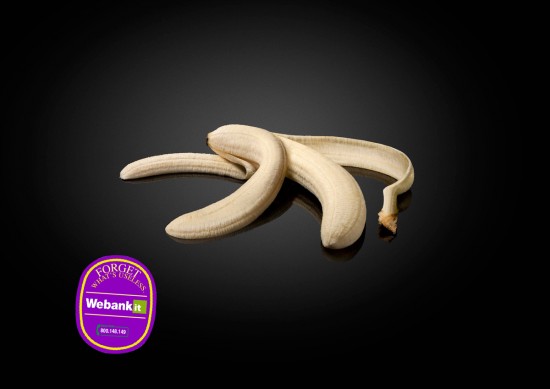





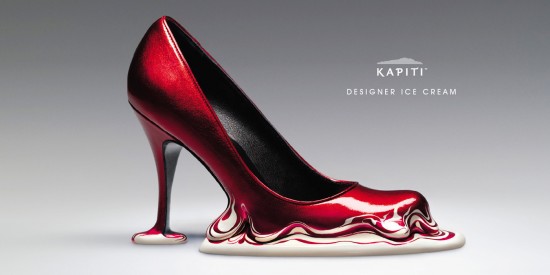
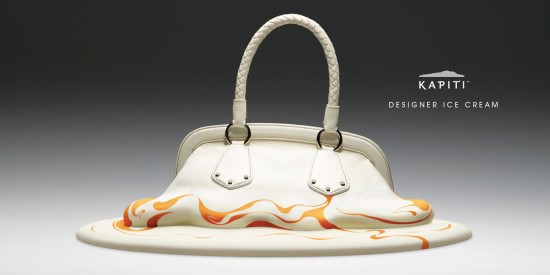
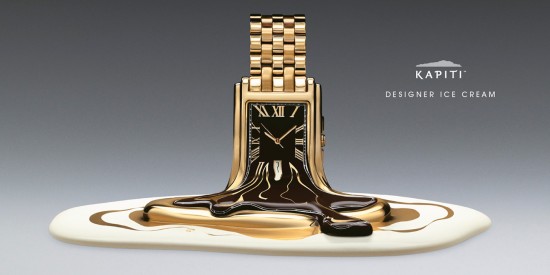
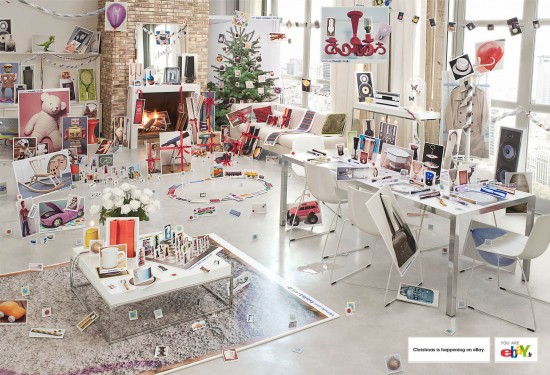
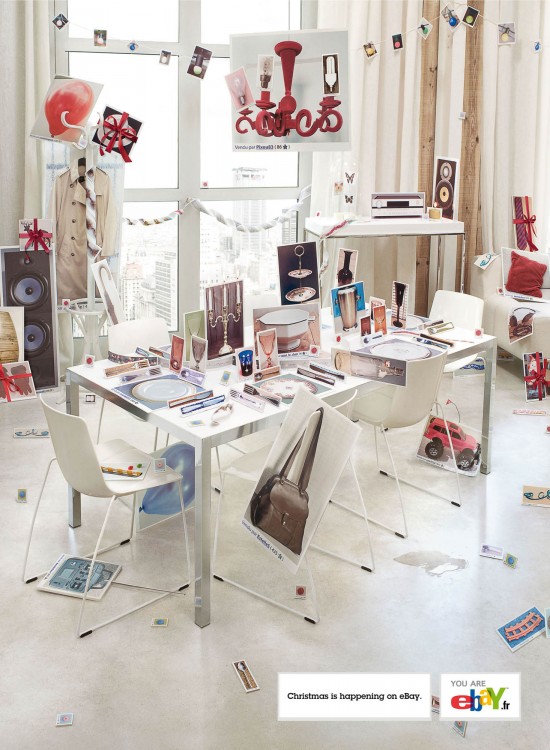

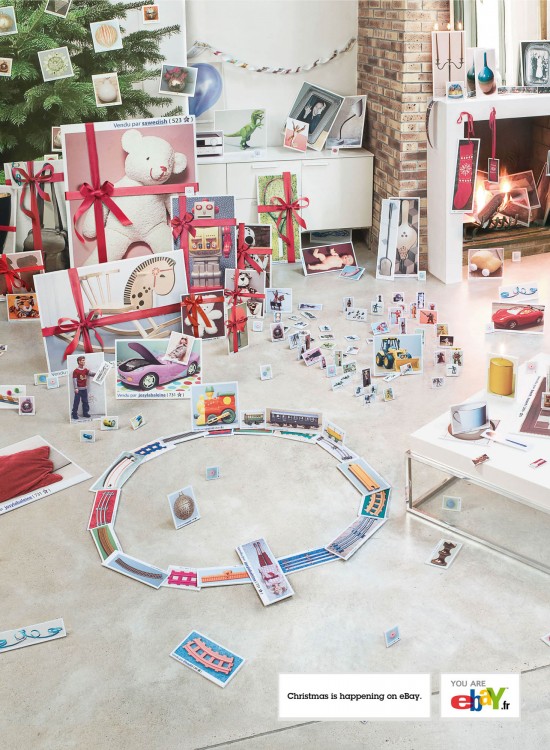






 The recession has either changed the way advertisers do business or has forced us to reevaluate the ways in which we do business. The focus has shifted to the effectiveness and efficiency of an ad campaign rather than stressing the campaign or ad variables such as reach and effective frequency.
The recession has either changed the way advertisers do business or has forced us to reevaluate the ways in which we do business. The focus has shifted to the effectiveness and efficiency of an ad campaign rather than stressing the campaign or ad variables such as reach and effective frequency.
 It must be slow in the Capital these days; it seems that although our world is going crazy, the president and his staff have taken time out to wage a media attack on
It must be slow in the Capital these days; it seems that although our world is going crazy, the president and his staff have taken time out to wage a media attack on 
 present) warned the Obama administration: “Stay out of these fights,” and
present) warned the Obama administration: “Stay out of these fights,” and  While Fox has not attacked Obama directly, they’ve unloaded on his aides, especially Dunn. Her statement naming Mao Tse Tung as one of her favorite politicians did not help nor did her speech explaining the
While Fox has not attacked Obama directly, they’ve unloaded on his aides, especially Dunn. Her statement naming Mao Tse Tung as one of her favorite politicians did not help nor did her speech explaining the  Life just keeps getting weirder and weirder. One day, boobs are good; the next, they’re banned in Britain on billboards for their portrayal of headlamps. Britain is the last place you would think the girls would be put away. Britain is (in)famous for its portrayal of plunging-cleavage shots on TV shows such as
Life just keeps getting weirder and weirder. One day, boobs are good; the next, they’re banned in Britain on billboards for their portrayal of headlamps. Britain is the last place you would think the girls would be put away. Britain is (in)famous for its portrayal of plunging-cleavage shots on TV shows such as
 benefits derived from its distinguishing characteristics. Its theme, “The right tire changes everything,” aims to drive this point home.
benefits derived from its distinguishing characteristics. Its theme, “The right tire changes everything,” aims to drive this point home. Before delving into the main portion of this article, I’d first like to clearly define what I mean by the term ‘great’ in the title.
Before delving into the main portion of this article, I’d first like to clearly define what I mean by the term ‘great’ in the title.
 Experts told Ad Age that is was likely due to a word of mouth (WOM) campaign that Pabst Blue Ribbon initiated in 2004 as an anti-establishment beer, of sorts. It has its own niche of young drinkers who don’t conform to the premium or big name brands. And PBR did an amazing job at taking their campaign to the streets to find their niche.
Experts told Ad Age that is was likely due to a word of mouth (WOM) campaign that Pabst Blue Ribbon initiated in 2004 as an anti-establishment beer, of sorts. It has its own niche of young drinkers who don’t conform to the premium or big name brands. And PBR did an amazing job at taking their campaign to the streets to find their niche. In case you were unaware, the competition for the 2016 Olympics host city’s been won and the waiting is over.
In case you were unaware, the competition for the 2016 Olympics host city’s been won and the waiting is over. Competition between Rio and Chicago was especially fierce, and accusations of unfair play were voiced by both sides: One of the larger controversies a website
Competition between Rio and Chicago was especially fierce, and accusations of unfair play were voiced by both sides: One of the larger controversies a website  You’re just a few short hours from deadline.
You’re just a few short hours from deadline. Just how many advertising messages are we exposed to on a daily basis? In Data Smog, author David Skenk writes that the average American’s exposure to advertising has grown from “560 daily advertising messages in 1971. By 1997, that number had increased to over 3,000 per day.”
Just how many advertising messages are we exposed to on a daily basis? In Data Smog, author David Skenk writes that the average American’s exposure to advertising has grown from “560 daily advertising messages in 1971. By 1997, that number had increased to over 3,000 per day.” The Tracy Awards were conceived by Salt Lake City ad agency
The Tracy Awards were conceived by Salt Lake City ad agency  Football is here, the glorious season of games, players, stadiums, grill-outs, and beer. What many people don’t realize is that it’s also the beginning of the newest advertising campaigns. Yes, we all know that the Superbowl is a haven for new, witty commercials, but what about the rest of the season?
Football is here, the glorious season of games, players, stadiums, grill-outs, and beer. What many people don’t realize is that it’s also the beginning of the newest advertising campaigns. Yes, we all know that the Superbowl is a haven for new, witty commercials, but what about the rest of the season? Justin Timberlake is not one to let the grass grow under his feet. An extremely popular solo artist, he’s also launched several “brand extensions” of himself that have been well received by critics, fans, and the public. His first new venture was
Justin Timberlake is not one to let the grass grow under his feet. An extremely popular solo artist, he’s also launched several “brand extensions” of himself that have been well received by critics, fans, and the public. His first new venture was  His latest venture? 901 Silver Tequila.
His latest venture? 901 Silver Tequila.

 Well Nasvik and team turned the tables on the design pirates by using their fly-by-night grocery carts as a means of promoting original Nasvik designs. In what could be called a second scavenger hunt, Nasvik sent clues to her 1,000+ followers on Twitter, alerting them that the game, once again, was a-foot. This time she was hiding her designer goods amidst the copycats roaming the streets of NYC. The cost for a Nasvik original off the cart was an affordable $10, while down the street at Saks, the same bag brought in $300. This obviously was not going to make Nasvik any money.
Well Nasvik and team turned the tables on the design pirates by using their fly-by-night grocery carts as a means of promoting original Nasvik designs. In what could be called a second scavenger hunt, Nasvik sent clues to her 1,000+ followers on Twitter, alerting them that the game, once again, was a-foot. This time she was hiding her designer goods amidst the copycats roaming the streets of NYC. The cost for a Nasvik original off the cart was an affordable $10, while down the street at Saks, the same bag brought in $300. This obviously was not going to make Nasvik any money. I was speaking with a co-worker today and we began talking about how, with the recent major decrease in the economy and spending, companies have stopped using their employee’s brains and are doing the bare minimum to keep themselves afloat. This is probably the worst idea companies could do at this time.
I was speaking with a co-worker today and we began talking about how, with the recent major decrease in the economy and spending, companies have stopped using their employee’s brains and are doing the bare minimum to keep themselves afloat. This is probably the worst idea companies could do at this time.